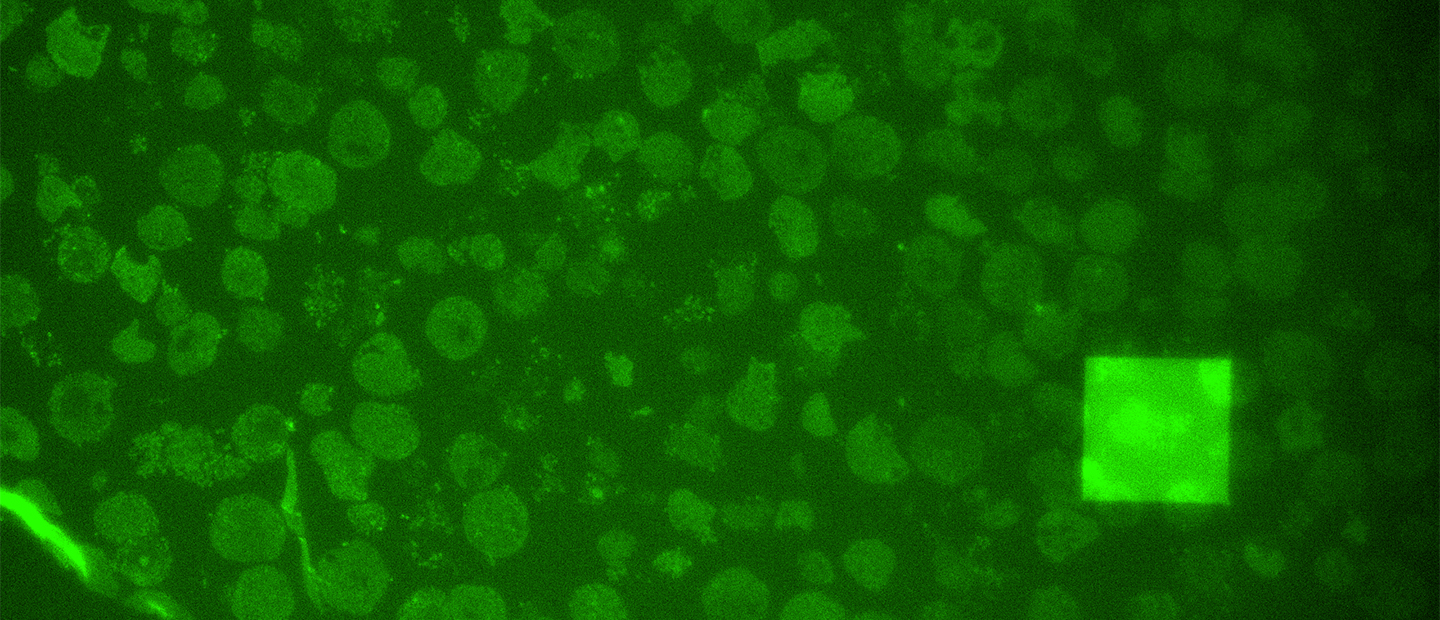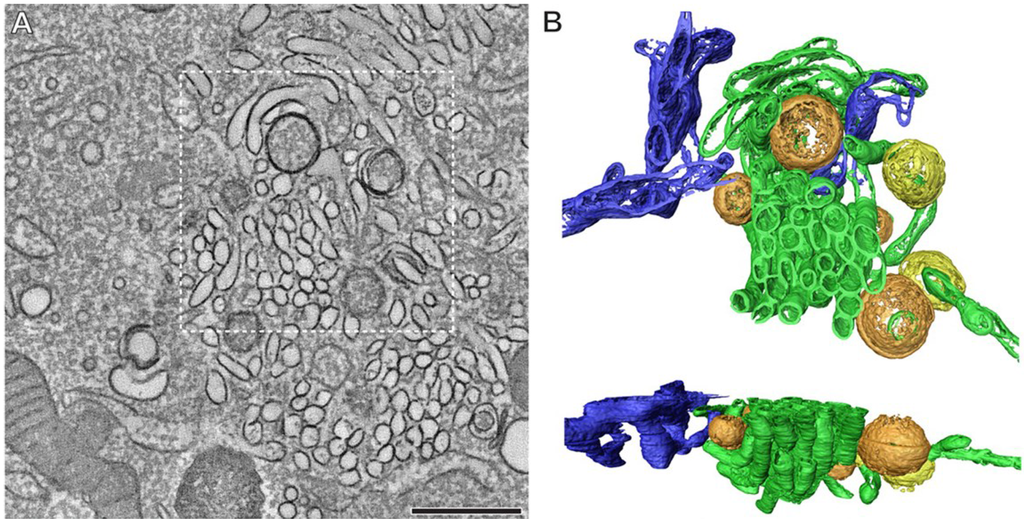

The Canadian Anti-Fraud Centre, managed by the RCMP, the Competition Bureau and the Ontario Provincial Police, has plenty of information on fraud. In addition to this booklet, you can also consult numerous trusted websites for more information. Protect yourself by seeking out more information. Don't be embarrassed as it will help others from falling for it. The best thing you can do is to report the fraud, whatever the amount, to the appropriate authorities. Report it! Anyone can be targeted, from teenagers, to grandparents, to senior corporate officers.
#Mguard cl virus spam how to#
It is filled with tips and tricks on how to protect yourself and what to do if you get scammed. This booklet includes 12 of the most common scams currently targeting Canadians. The impact of fraud on families and businesses can be devastating. Thousands of Canadians lose millions of dollars to fraudsters every year. They will target you online, over the phone, by mail or in person. They are out there every day looking for victims. You want to spend it on things that matter to you-whether it's your children's education, an exciting trip or a new smartphone.įraudsters are real. The diversity of the superhero team represents the fact that anyone is capable of fighting fraud.īecome a real-life superhero by arming yourself with the information you need to fight fraud and keep yourself, your family and your money safe.
#Mguard cl virus spam free#
New to Microsoft 365? Discover free video courses for Microsoft 365 admins and IT pros, brought to you by LinkedIn Learning.Six brightly dressed superheroes stand together and are ready to fight fraud. For more information, see Configure anti-spam policies in EOP, Bulk complaint level (BCL) in EOP), and What's the difference between junk email and bulk email?.

You configure the BCL threshold in anti-spam policies. A higher BCL indicates a bulk mail message is more likely to generate complaints (and is therefore more likely to be spam). Similar to the SCL, the bulk complaint level (BCL) identifies bad bulk email (also known as gray mail). For more information, see Use mail flow rules to set the spam confidence level (SCL) in messages. If you use a mail flow rule to set the SCL, the values 5 or 6 trigger the spam filtering action for Spam, and the values 7, 8, or 9 trigger the spam filtering action for High confidence spam. You can use mail flow rules (also known as transport rules) to stamp the SCL on messages. You'll notice that SCL 2, 3, 4, 7, and 8 aren't used by spam filtering. Spam filtering marked the message as High confidence spam Spam filtering marked the message as Spamĭeliver the message to the recipients' Junk Email folder. Spam filtering determined the message was not spam. For more information, see Create safe sender lists in EOP.ĭeliver the message to the recipients' inbox. For example, the message is from a safe sender, was sent to a safe recipient, or is from an email source server on the IP Allow List. For more information about actions you can take on messages based on the spam filtering verdict, see Configure anti-spam policies in EOP. What the SCL means and the default actions that are taken on messages are described in the following table.

EOP takes action on the message based on the SCL. A higher SCL indicates a message is more likely to be spam.

That score is mapped to an individual spam confidence level (SCL) that's added to the message in an X-header. In Microsoft 365 organizations with mailboxes in Exchange Online or standalone Exchange Online Protection (EOP) organizations without Exchange Online mailboxes, inbound messages go through spam filtering in EOP and are assigned a spam score. Microsoft Defender for Office 365 plan 1 and plan 2.


 0 kommentar(er)
0 kommentar(er)
